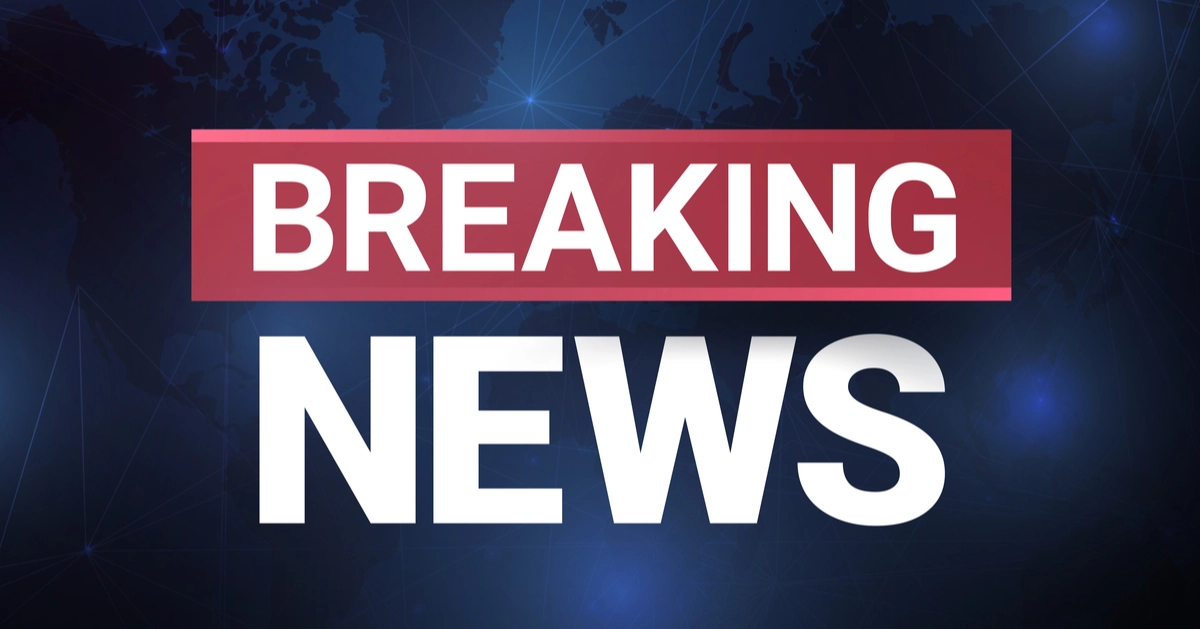White House to rearrange press room seating, shifting legacy media back
President Trump's administration prepares for significant changes in the White House press briefing room that could alter the traditional media landscape.
According to the New York Post, the White House plans to take control of the press briefing room seating arrangements from the White House Correspondents' Association (WHCA), potentially relocating established media outlets to less prominent positions.
The administration's initiative reflects a broader strategy to modernize media representation in the briefing room. This restructuring will incorporate journalists from various platforms, including television, print, digital outlets, and social media influencers.
Organizations like Axios, NOTUS, and Punchbowl are expected to gain more prominence in the new arrangement.
Administration Takes Bold Step Toward Media Reform
A senior White House official revealed that the reorganization would be based on contemporary media consumption metrics. The restructuring aims to create a more diverse media presence while maintaining professional standards.
Priority seating, which traditionally gave certain reporters increased access to the press secretary and better chances for television exposure, will be redistributed according to new criteria.
The White House's decision follows its February move to assume control of the press pool accompanying President Trump in the Oval Office and on Air Force One. This authority was previously held by the WHCA, highlighting a pattern of increasing White House control over press access and operations.
WHCA's attempt to compromise by suggesting bylaw changes would have made Press Secretary Karoline Leavitt the automatic WHCA president. This proposal emerged as the association tried to navigate the administration's growing influence over press operations.
Ongoing Tensions Between Trump Administration and Media Outlets
Recent conflicts between the administration and major news organizations have intensified the situation. The Associated Press faced restrictions after continuing to use "Gulf of Mexico" instead of Trump's proclaimed "Gulf of America" designation. Their reporters were subsequently barred from the Oval Office and Air Force One access.
The AP responded with legal action, citing constitutional violations. A White House official emphasized their focus on media consumption patterns rather than favorable coverage, stating:
The goal isn't merely favorable coverage. It's truly an honest look at consumption [of the outlets' coverage]. Influencers are important but it's tough because they aren't [equipped to provide] consistent coverage. So the ability to cover the White House is part of the metrics.
President Trump has maintained his assertive stance toward traditional media outlets. He recently expressed interest in reducing federal funding for public broadcasting networks like NPR and PBS.
Direct confrontations with reporters, including CNN's Kaitlan Collins and NBC News representatives, have become increasingly common.
WHCA Dinner Creates Additional Controversy
The annual White House Correspondents' Dinner has become another flashpoint in the ongoing media tensions.
The WHCA recently canceled plans for comedian Amber Ruffin to host the April 26 event following concerns raised by White House deputy chief of staff Taylor Budowich about her previous comments regarding Trump.
WHCA president Eugene Daniels emphasized the organization's desire to focus on journalistic achievements rather than political divisions. This decision came after Ruffin revealed she had been asked to moderate her material, particularly regarding comments about the administration.
Current State of White House Media Relations
The White House's planned restructuring of the briefing room represents a significant shift in traditional press corps dynamics. The administration's move to control seating arrangements follows their February takeover of press pool management, indicating a systematic approach to changing media access protocols.
These changes occur amid ongoing disputes with major news organizations and evolving media consumption patterns.
The administration's emphasis on incorporating digital platforms and social media influencers reflects their stated goal of aligning press room representation with modern media consumption habits, while traditional outlets face potential repositioning in the briefing room hierarchy.


